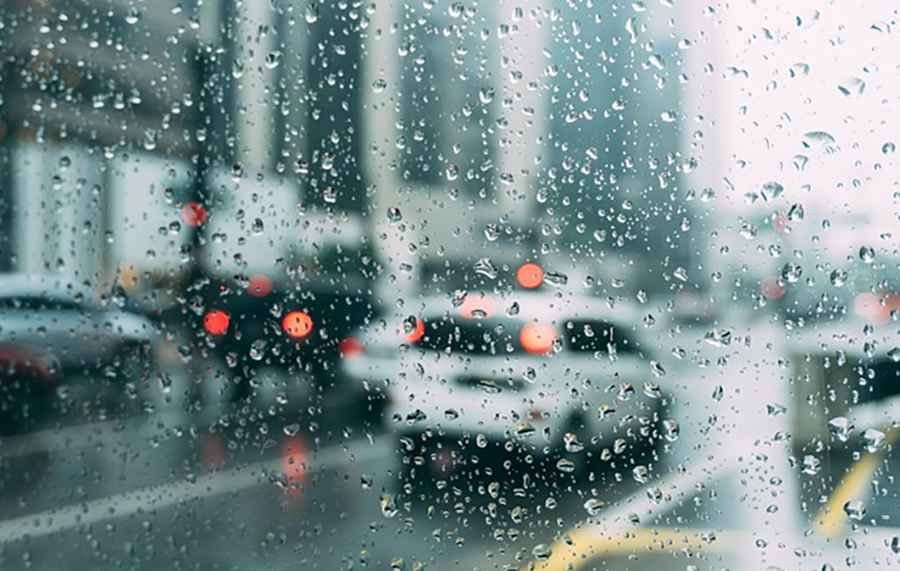Safety Tips for Driving in Rainy Weather
Rainy weather makes driving hazardous. Driving in the rain reduces tire traction and may cause your vehicle not to perform as expected. Rain can hide debris, portals, and other significant hazards. It can impact your visibility, ability to control your car, and roadside awareness.

When roads are wet, water combines with the asphalt dirt, making it difficult for the tires to have a firm grip on the roads. Failure to adjust your driving habits in rainy weather increases the risk of road accidents. Healthy driving practices and precautions can help ensure safety. This article outlines safety tips for driving in rainy weather.
1. Beware of water-eroded roadsides
Heavy rains may result in flooding and soil erosion, washing away highways and roadsides. Roadside erosion is caused by stormwater from steep slopes, hard surfaces like rooftops, hilltops, and runoff from construction sites, roads, and quarries.
Eroded roadsides are a safety hazard to look out for when driving in the rain because they can cause you to lose control of your vehicle, increasing the risk of getting into an accident. An Erosion Protection company can help prevent water body runoffs, structural flaws, and soil loss, preventing roadside erosion and promoting road safety.
2. Use your headlights
When driving in the rain, having a clear view of your surroundings and for other road users to see you is essential. Using your headlights when driving in rainy weather makes you visible to other road users and illuminates the roads you're using. You should also turn on your headlights whenever you want to use your windshield wipers for better visibility and for other drivers to see you. While this enhances safety, it's a legal requirement in most states. So, familiarize yourself with your state's laws concerning headlight usage to avoid legal consequences and for safe driving.
3. Slow down
During rainy weather, a thin water film coats the road surface. The rain may cause a flood on the roads and reduce visibility. In such a situation, driving at high speeds isn't advisable because you might lose control or hit a pothole and damage your suspension or tires, incurring a high repair bill.
Consider driving slow in the rain because a water layer on the road may result in slippage. Wet roads increase the possibility of your tires locking up in an emergency braking situation, calling for slow driving. If rainwater causes floods on the road, you may have to traverse through the water slowly, ensuring safety.
4. Leverage windshield wipers
Windshield wipers are essential for driving safely in the rain, which hinders visibility. They enable you to see the road ahead of you clearly, preventing collisions. When driving in the rain, water obscures your vision, making it difficult to see. Windshield wipers help keep the water away for safe driving. If the wipers aren't functioning optimally, you might have difficulties seeing pedestrians and other vehicles ahead, raising the risk of accidents. Good, functional wipers will boost your vision, avoiding accidents.
5. Wait for the weather to improve
Driving in the rain can be disastrous, so consider waiting until the rain subsides to continue with your journey. If possible, cancel whatever errands you have to ensure your safety.
Endnote
Driving in the rain can be scary and dangerous. Consider using these safety tips for driving in rainy weather.